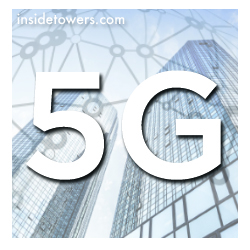University of California San Diego researchers might have found the answer to super-charging smartphone batteries. Quartz reported that researchers recommend building more 5G small cells to improve users’ battery life by fifty percent in an urban area.
“We show that such a densification strategy conquers two key problems,” said UC San Diego researchers in the “Densify & Conquer” study. “It can potentially save about three times power savings by avoiding large wireless signal losses due to [long] range [transmissions], and also lead to 50 percent improved battery life for the connected smartphones on the dense network as a consequence of being located closer and at a smaller height to them.”
Quartz explained that adding more 5G small cells (less than 50 feet tall) in a concentrated area versus one macro tower ultimately provides greater overall coverage. Researchers propose never having a “weaker signal” because of the shorter distance to a small cell versus from a macro tower means smartphones don’t need to work as hard. Shorter battery life also translates to more charging on a large scale, impacting an area’s carbon footprint.
Quartz reported that the UC San Diego team used open-source software to model transmissions between base stations and mobile phones in 3D models of real cities. According to researcher Agrim Gupta, this strategy would not have worked in the 4G era. “5G networks are capable of switching from tower to tower relatively seamlessly, making this denser network possible. In contrast, older networks had noticeable lags that made large-power base stations more practical,” he added.





Reader Interactions